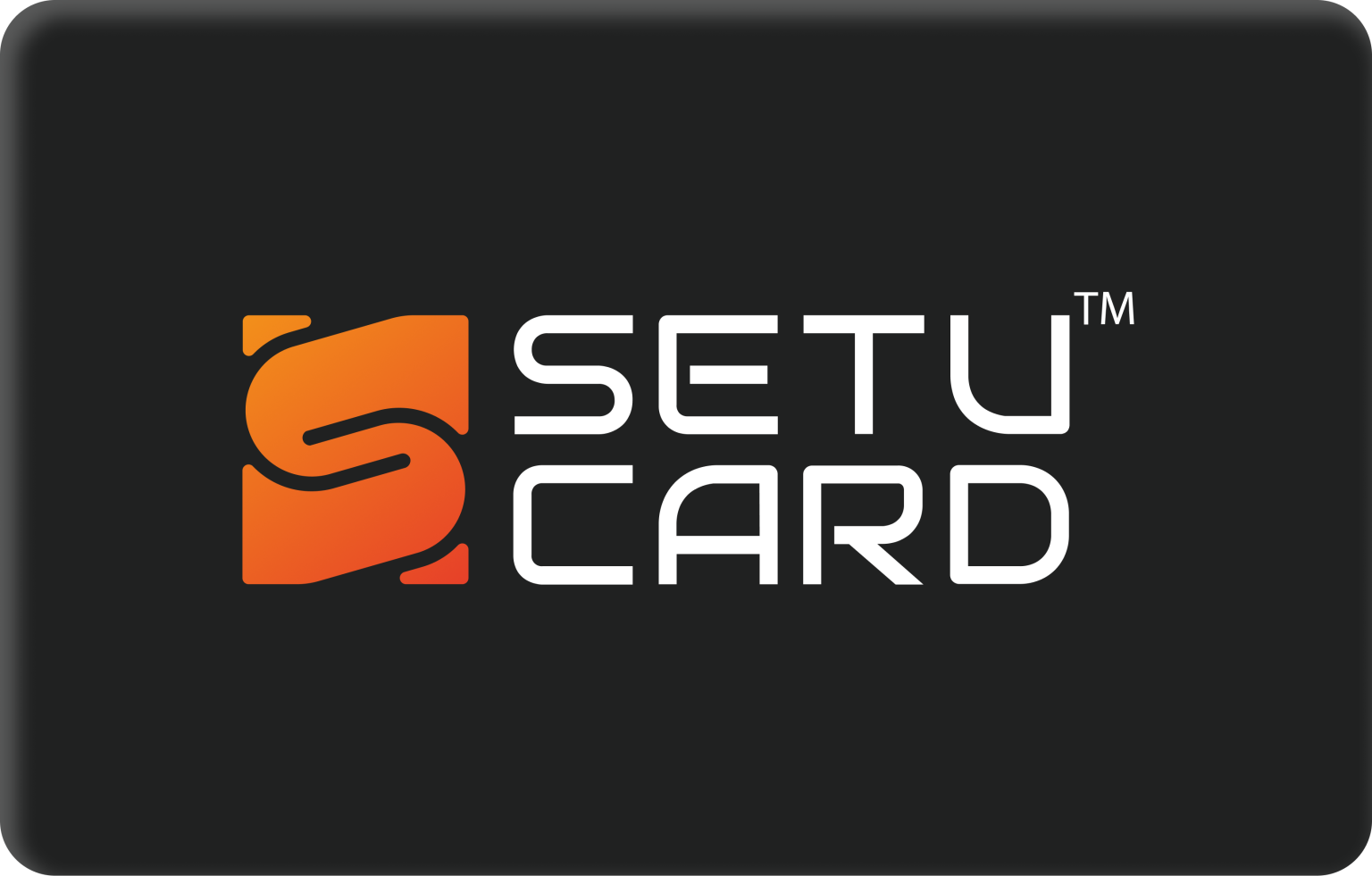Introduction:
Both Node.js and PHP are powerhouses in web development, but choosing the right one for your project requires careful consideration. Here are some key factors to weigh in:
Performance: Node.js shines in applications demanding real-time updates and high concurrency. Its asynchronous nature lets it handle multiple requests simultaneously, making it ideal for data-heavy apps. PHP, on the other hand, is synchronous, processing one request at a time. While generally fast, it can struggle under heavy loads.
Development Speed: If you’re a JavaScript pro, Node.js offers a familiar environment, potentially accelerating development. The shared codebase between the front-end and back-end can further streamline the process.
Learning Curve: PHP boasts a vast community and extensive resources, making it easier for beginners to pick up. Node.js, while having a growing community, might require more effort to learn, especially its asynchronous concepts.
Project Needs: For content-heavy websites or simple e-commerce applications, PHP’s established ecosystem might be sufficient. But for real-time features, chat applications, or data-intensive functionalities, Node.js’s asynchronous approach might be a better fit.
Team Expertise: Consider your team’s skillset. If your developers are well-versed in JavaScript, Node.js might be a natural choice. However, a team with strong PHP experience might find it more efficient to stick with that technology.
By carefully evaluating these factors, you can make an informed decision and select the champion that best suits your project’s needs.
Key Factors to Consider
1. Performance and Scalability:
In the fast-paced world of web applications, two crucial concepts reign supreme: performance and scalability. While often used interchangeably, they address different aspects of a system’s health.
Performance is all about speed and responsiveness. It’s how quickly your application loads pages, processes data and responds to user actions. Think of it as the athlete on the track – a smooth, efficient runner delivering exceptional results. Slow loading times or lagging responses can lead to frustrated users and lost business.
Scalability, on the other hand, is about handling growth. It’s the ability of your system to adapt to increasing demands, whether it’s a surge in user traffic, growing data volumes, or more complex tasks. Imagine the athlete is now training – building endurance to tackle longer distances and maintain their speed. A well-architected system scales gracefully, adding resources (like additional servers) to meet the growing needs without compromising performance.
Here’s the key: performance is essential now, while scalability ensures a smooth future. You can optimize your code and leverage caching mechanisms to achieve top-notch performance today. But if your application isn’t built to scale, a sudden influx of users can bring it crashing down.
The good news is that many strategies address both performance and scalability. Optimizing your database, utilizing a Content Delivery Network (CDN), and employing a cloud-based infrastructure are all ways to achieve a winning combination.
By prioritizing both performance and scalability, you build a robust system that delivers a seamless user experience today and has the potential to thrive as your business grows.
2. Development Speed and Learning Curve:
The world of development moves fast, and getting your project off the ground quickly is crucial. But with a vast array of technologies available, choosing the right one can be tricky. Here’s where development speed and learning curve come into play.
Development speed refers to the time it takes to develop a functional application. Some technologies offer pre-built functionalities and streamlined development processes, leading to faster completion. For instance, a framework with a rich library of components can significantly reduce development time compared to building everything from scratch.
Learning curve, on the other hand, reflects the effort required to become proficient with a new technology. Languages with a simpler syntax or those with extensive documentation and tutorials tend to have a gentler learning curve. This translates to less time spent learning and more time building.
The ideal scenario is to find a balance between these two factors. Here’s how to approach it:
Consider your team’s expertise: If your developers are already familiar with a particular technology, the learning curve will be minimal, and development speed will be high.
Evaluate project complexity: Simple projects might benefit from rapid development using a low-code platform with a steeper learning curve. Complex applications might require a more robust language with a longer learning curve but offer greater flexibility.
Think long-term: While a quicker initial development might be tempting, consider the technology’s maintainability in the long run. A steeper learning curve upfront could be offset by a more manageable codebase later.
By carefully weighing these factors, you can choose a technology that allows for swift development while ensuring your team has the capacity to learn and adapt. Remember, development speed is important, but a solid foundation built on the right technology can ensure long-term success.
3. Project Requirements and Team Expertise:
The secret sauce for project success? Matching the right team with the right project. Understanding your project requirements and aligning them with your team’s expertise is crucial for achieving optimal results.
Project Requirements are the foundation – a detailed roadmap outlining the project’s goals, functionalities, and deliverables. These requirements encompass technical aspects like programming languages or frameworks, as well as non-technical aspects like design skills or content creation expertise.
Team Expertise represents the skills and experience your team brings to the table. This includes technical proficiencies in specific programming languages, soft skills like communication and collaboration, and domain knowledge relevant to the project area.
Here’s how to ensure a perfect fit:
Analyze your requirements: Deconstruct your project requirements and identify the specific skillsets needed for each stage of development.
Assess your team: Evaluate your team members’ technical expertise, experience with similar projects, and their ability to learn new technologies.
Identify skill gaps: If there are gaps between project needs and team capabilities, consider training options or filling the gaps with external resources.
Aligning project requirements with team expertise brings several benefits:
Increased Efficiency: A team working with familiar technologies can deliver results faster and with fewer errors.
Enhanced Quality: Matching expertise to tasks ensures a deeper understanding of the project, leading to higher quality deliverables.
Improved Team Morale: Working with technologies they excel in keeps developers engaged and motivated, fostering a positive team environment.
By taking the time to understand both project requirements and team expertise, you can assemble a dream team well-equipped to bring your vision to life.
Remember, a strong foundation built on the right skillsets sets the stage for a smooth, successful project journey.
4. Community Support and Resources:
The path of a developer can be exciting, but also daunting. Fortunately, you don’t have to navigate the world of code alone. A strong community and wealth of resources can provide invaluable support throughout your development journey.
Community Support offers a network of fellow developers who can share knowledge, troubleshoot problems, and offer encouragement. Online forums, discussion boards, and meetups are all excellent places to connect with others facing similar challenges. Seasoned developers can provide mentorship while collaborating on projects fosters a sense of shared learning and innovation.
Resources come in many forms – from comprehensive documentation to tutorials, code samples, and video courses. A vibrant community often generates a wealth of these resources, making it easier to find solutions and learn new skills. Online repositories like GitHub offer a treasure trove of open-source code, allowing you to learn from real-world projects and borrow well-tested solutions.
Here’s how leveraging community support and resources can benefit you:
Faster Problem-Solving: Stuck on a bug? Chances are someone in the community has faced a similar issue and can offer a quick solution.
Continuous Learning: The development landscape is ever-evolving. Community resources and discussions keep you updated on the latest trends and technologies.
Improved Skills: By learning from experienced developers and working on community projects, you can hone your coding skills and broaden your development expertise.
5. Cost and Hosting Considerations:
Bringing your web project to life is exciting, but before diving in, it’s crucial to understand the financial landscape. Here’s a breakdown of key cost and hosting considerations to factor into your plan.
Development Costs can vary significantly depending on several factors:
Project Complexity: Simple websites with static content require less development time compared to dynamic applications with complex functionalities.
Team Structure: Hiring an in-house development team comes with salaries and benefits, while outsourcing can offer a more cost-effective approach.
Technology Choices: Using pre-built templates and familiar technologies is generally more cost-effective than developing everything from scratch.
Hosting is the foundation upon which your website lives on the internet. Different hosting options cater to various needs and budgets:
Shared Hosting: The most affordable option, sharing resources with other websites. Ideal for low-traffic websites, but scalability can be limited.
VPS Hosting: Offers a dedicated virtual server environment within a shared physical server, providing more control and scalability than shared hosting.
Cloud Hosting: Leverages the power of cloud computing to offer on-demand resources and superior scalability. Ideal for high-traffic websites or those expecting significant growth.
Here’s how to make informed decisions:
Define your needs: Analyze your project’s requirements and anticipated traffic to determine the development complexity and choose the most suitable hosting option.
Set a budget: Be realistic about your financial resources and allocate funds for both development and ongoing hosting costs.
Compare options: Research different development teams and hosting providers to find the best fit for your budget and technical needs.
By carefully considering both cost and hosting factors, you can ensure your web project is built on a solid financial foundation and has the potential to grow alongside your success. Remember, a well-planned budget and the right hosting solution will keep your website running smoothly without breaking the bank.
Conclusion
In conclusion, choosing between node js vs php hinges on your project’s specific needs. Consider factors like performance, scalability, development speed, team expertise, and available resources. By carefully weighing these aspects, you’ll select the technology that empowers you to build a robust, future-proof application. Remember, the ideal choice lies at the intersection of your project requirements and your team’s strengths.
FAQ:
Q: What are the key factors to consider when choosing between Node.js and PHP for my project?
A: Here are some important factors to weigh when deciding between Node.js and PHP:
Performance: Node.js excels in handling concurrent requests due to its asynchronous, non-blocking architecture. This makes it ideal for real-time applications. PHP, being synchronous, is better suited for traditional web applications with lower concurrency needs.
Scalability: Node.js shines in scalability due to its event-driven nature. It can handle increasing traffic efficiently. PHP can also scale, but it might require more complex server configurations.
Development Speed: If your team is familiar with JavaScript, Node.js development can be faster due to code reuse between front-end and back-end. However, PHP can also be efficient for rapid development with its large ecosystem of pre-built solutions.
Project Type: Node.js is a great choice for real-time applications, chat apps, data-streaming services, and I/O-intensive tasks. PHP is well-suited for content management systems (CMS), e-commerce platforms, and traditional web applications.
Developer Expertise: Consider your team’s existing skillset. If your developers are proficient in JavaScript, Node.js might be a smoother transition. PHP has a vast developer pool, making it easier to find qualified professionals.
Community & Resources: Both Node.js and PHP have large communities, but PHP has a longer history and boasts more extensive documentation and tutorials.




